- Home
- Packaging Shipping
.....Read More
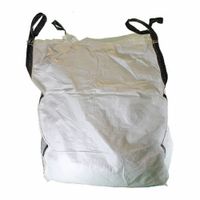
Bags, Equipment & Accessories

Carton Staples & Staplers

Edge & Corner Packaging Protection

Moving Blankets & Covers

Package Labels & Shipping Equipment
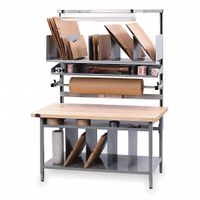
Packaging Tables & Accessories

Packaging Tapes, Dispensers & Machines

Pallets & Accessories

Protective Packaging
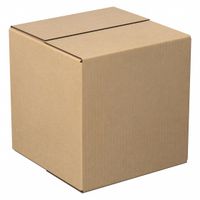
Shipping Boxes, Pads & Tubes
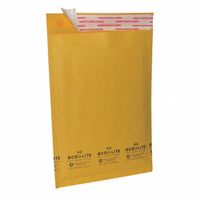
Shipping Mailers & Envelopes

Shipping & Mailroom Scales

Shrink Wrap Films & Equipment

Strapping
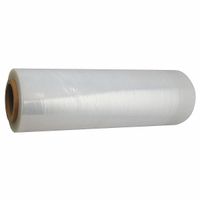
Stretch Wrap
Frequently Asked Questions
What are the best packaging materials for shipping fragile items?
How do I choose the right size box for shipping?
What types of protective packaging prevent damage during transit?
Where can I buy affordable shipping supplies online?
How does stretch wrap differ from shrink wrap?
What is the strongest packaging tape for heavy-duty shipping?
How do I properly seal a box for safe shipping?
What are the benefits of using mailers instead of boxes?
How can I label packages for easy identification during transit?
What are eco-friendly packaging and shipping supplies options?